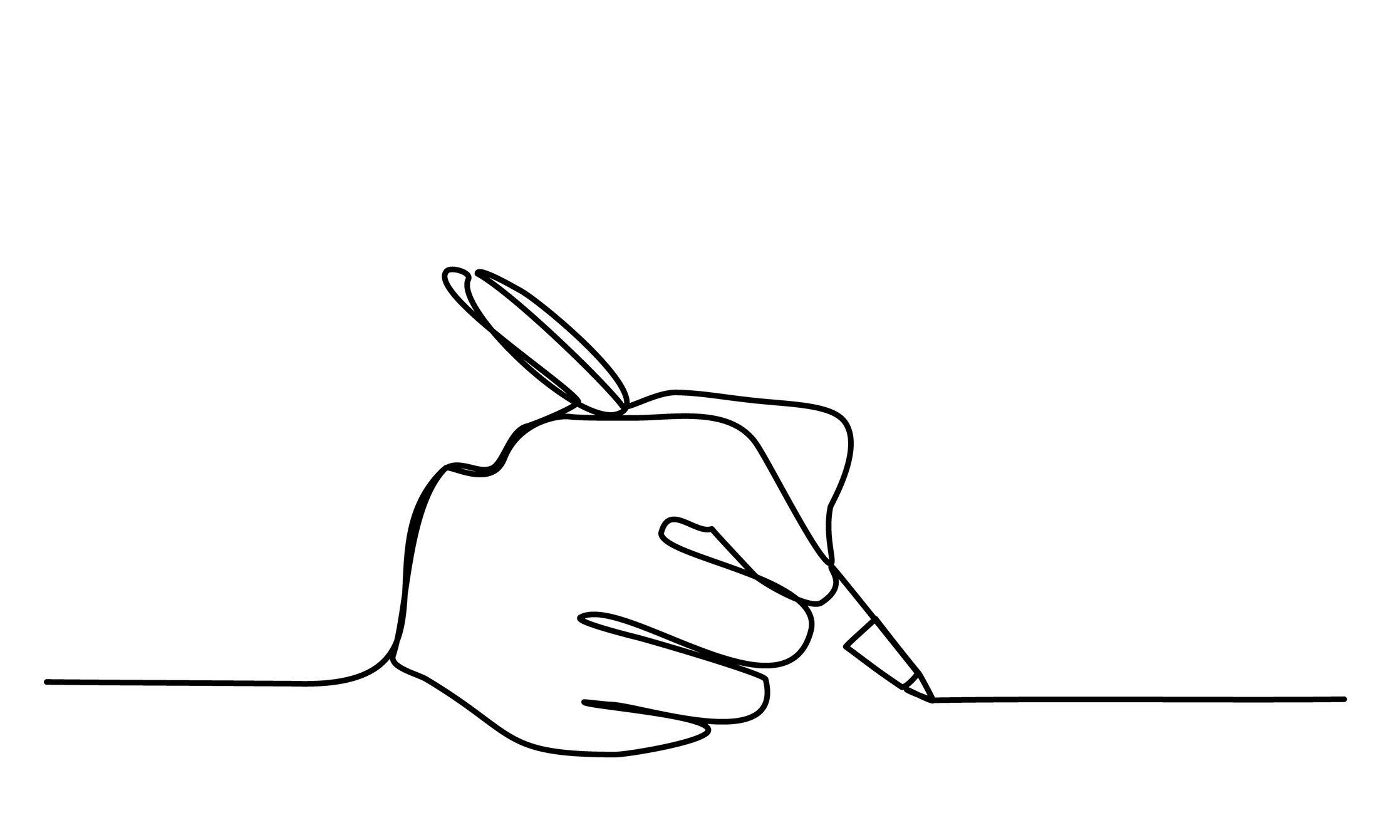Sanofi pays Synthekine $40M to join preclinical push against vexing inflammatory target

Preview
Source: FierceBiotech
Scientists discovered IL-10 in the late 1980s and quickly identified its role in inhibiting inflammation.
Sanofi is paying $40 million to add another cytokine—IL-10—to its hit list. The upfront fee has secured the French drugmaker the chance to work with Synthekine to overcome long-standing barriers to the use of the cytokine in the treatment of inflammatory diseases.
Synthekine, a Fierce 15 winner that raised $100 million one year ago, is advancing a pipeline led by a partial agonist of IL-2, the cytokine at the center of Sanofi’s ill-fated $2.5 billion takeover of Synthorx. But the biotech has also applied its capabilities to IL-10, another cytokine with a troublesome benefit-risk profile that, like IL-2, has defied researchers for decades.
The preclinical project has caught the attention of Sanofi, a company with a publicly stated willingness to take on more risk in immunology than in other therapeutic areas. Sanofi is paying $40 million upfront and committing to undisclosed milestones to work with Synthekine up to “a defined point of preclinical development,” at which time it will take control of work on a potentially lucrative target.
“IL-10 plays a key role in immune regulation, and this collaboration aimed at developing precisely tailored IL-10 therapies reaffirms our commitment to deliver the next wave of novel therapies to treat inflammatory diseases,” John Bertin, global head of inflammation and immunology research at Sanofi, said in a statement.
Scientists discovered IL-10 in the late 1980s and quickly identified its role in inhibiting inflammation. By 1997, researchers had linked recombinant IL-10 to improved outcomes in Crohn’s disease, but a narrow therapeutic window stunted development. Another clinical trial, which read out in 2000, found 30% of the subjects discontinued at the top dose, and the candidate performed no better than placebo.
Interest in IL-10 faded as its effect on red blood cells and platelets limited dosing—and, by extension, the efficacy of the treatments. But researchers kept plugging away, leading to evidence that a form of IL-10 that doesn’t activate T cells may be tolerable enough to take at the level needed to cut inflammation.
In 2019, Christopher Garcia, Ph.D., a Stanford University professor, co-authored a paper on decoupling the pro- and anti-inflammatory functions of IL-10. Synthekine is built on intellectual property in-licensed from Garcia’s lab. Last year, Synthekine shared details of how Garcia’s work has informed development of surrogate cytokine agonists that suppress (PDF) pro-inflammatory cytokines without activating T cells.
For more details,please visit the original website
The content of the article does not represent any opinions of Synapse and its affiliated companies. If there is any copyright infringement or error, please contact us, and we will deal with it within 24 hours.
Organizations
Indications
Drugs
Chat with Hiro
Hot reports
Get started for free today!
Accelerate Strategic R&D decision making with Synapse, PatSnap’s AI-powered Connected Innovation Intelligence Platform Built for Life Sciences Professionals.
Start your data trial now!
Synapse data is also accessible to external entities via APIs or data packages. Empower better decisions with the latest in pharmaceutical intelligence.





